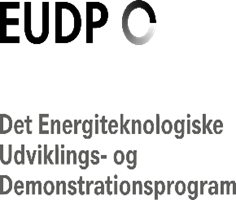Project Description
Thermal building mass activation exploits existing structural masses in buildings (e.g., concrete elements) for cooling and heating purposes. Thanks to the inherent thermal inertia of these high-mass components, they could also play a role as a new type of energy storage by allowing them to be temporarily subcooled or overheated without compromising the indoor climate and occupant comfort. This storage capacity can not only be utilized directly for thermal energy storage but is also applicable for load management and self-consumption optimization in the electricity grid via power-to-heat solutions (e.g., heat pumps). Thermal component activation therefore signifies a large storage potential in both refurbishment and new construction and provides unique benefits to the renewable-based integrated energy system of the future.
The main goal of IEA ES Task 43 is to is to prepare the storage technology for widespread integration on an international level, harnessing the benefits of this type of storage on local, quarter, and city levels respectively. There are existing implementations and activities in international markets, however, standardized fabrication and construction methods as well as cost predictions and flexibility-related business models are missing and hampering market uptake. The proposed task will generate the necessary answers to those key barriers through the collaboration of many international experts working on the topic and through learning from best practice examples. The generated results will be prepared and made available for the public and most importantly relevant stakeholders. This will form the foundation for a constant increase in thermal-activated building mass deployment in new or refurbished buildings, enabling them to more efficiently consume locally generated renewable energy and to act as flexibilities for thermal and electricity grids.
This project will not only enhance thermal component activation on a technological level but also link the specific requirements of the building sector with the respective boundary conditions of the above-mentioned renewable energy technologies. The technical and non-technical aspects of thermal component activation will be investigated and improved in international collaboration, and the standardization process will be promoted in order to broaden market acceptance and implementation.
Project Summary
| Project Period | 1 July 2023 - 30 June 2026 |
| Total Budget | DKK 2.560.000 |
| Funding Agency | EUDP |
| Organization Managing the Project | AAU |
| SDU Project Manager | Zheng Grace Ma |
| Additional Partners | AAU |

